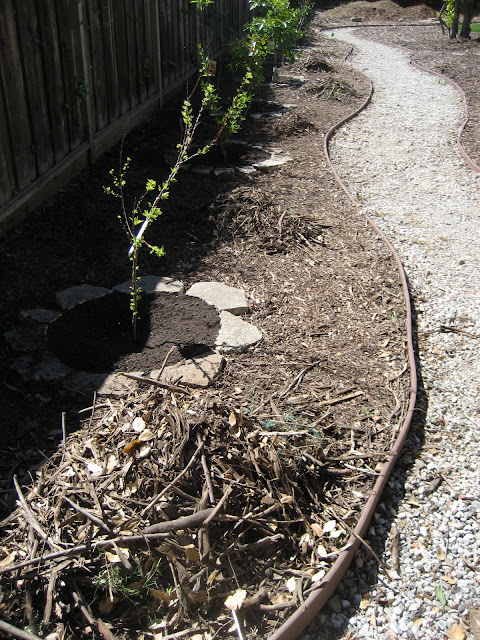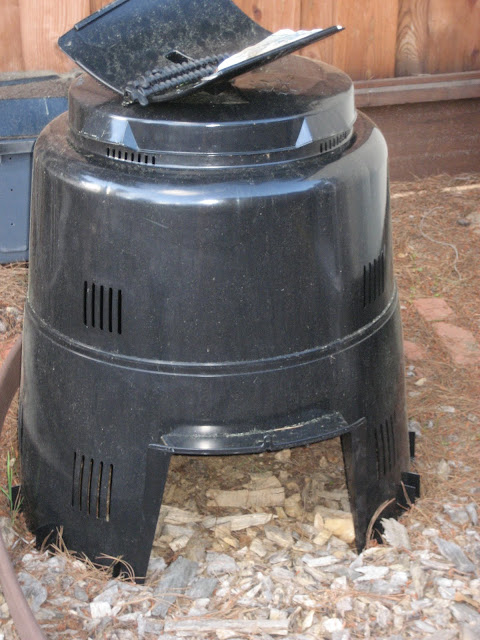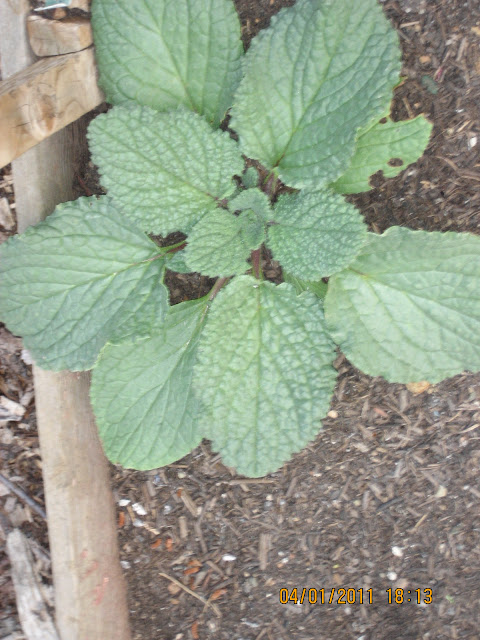We have transformed our front yard considerably in the last 3 years. Read about the first few stages of transformation here. (Follow the other articles with the "Front yard" label to walk along time)What started of as a dense overgrown brush area has really been transformed into a nice little rose garden. Living on one of the busiest streets in the area poses a lot of challenges. One of the things we have struggled with, is to bring in some much needed privacy in the front yard for sight and sound proofing.
The simplest solution was to build our fence tall enough but the city wouldn't let us do it for "consistency" and "safety" purposes. Driving around our neighborhood I saw a lot of houses with Oleander bushes and Red Tip Photonias that appear to have been plucked straight out of the "Giant's Island" from Gulliver's travels. This got me thinking if I could sneak through the height requirement by erecting a green fence.
The front of our property faces east on a rectangular lot and the main attraction are our 4 giant live oak trees which I am really proud of. However, putting down any plant under these oak trees along the fence would require direct irrigation in the drip line of the oaks which according to many a tree guru is a big NO NO. After much thought and reluctance we decided to go with "Oak friendly" Oleanders for most of the front yard. You can read more about our attempt here. Our strategy has been to tell them to "Go Fish" for water but it isn't working well. Its time to give them some drip irrigation at least for the next year or two until they establish themselves.
Towards the north-east corner of the property, we get a good amount of afternoon sun, where we have a majority of our roses planted alongside that fence-line. In the same area, between the roses, right up against the fence, I tried sowing some seeds of the Cathedral Bells, The Black Eyed Susan vine and Passion Fruit last year. Even the ones that emerged were promptly killed by the frost.
As I was wondering what to do little did I realize that the answer was right in front of my eyes. In late fall we saw this lovely winter Jasmine plant at Costco and picked it up. It was planted into one of our ceramic planters right outside our front door and has almost doubled in size in the last 6 months (a lot of it during winter). Add to it the fact that it is evergreen, I decided that it would be my choice of flowering vine in the front yard. Plus this complements well with the roses since this would provide fragrance in late winter early spring and the roses during late spring, summer and fall. The flowers are so fragrant and delicate...
So this year, as soon as i saw these Winter Jasmines at Costco, I pounced on them again and got 6 more home. Immediately, last weekend we got them into the ground right up against the fence.
Going by the growth in the first jasmine (the corner one in the photo above), in a few years the coverage should be pretty dense. However, they may need a bit of direction once in a while by some careful wrapping of the new shoots. If you have suggestions for other such trellising vines that remain evergreen and would give good coverage, please do let me know.
More pictures on the trellis project are coming up shortly.



















































